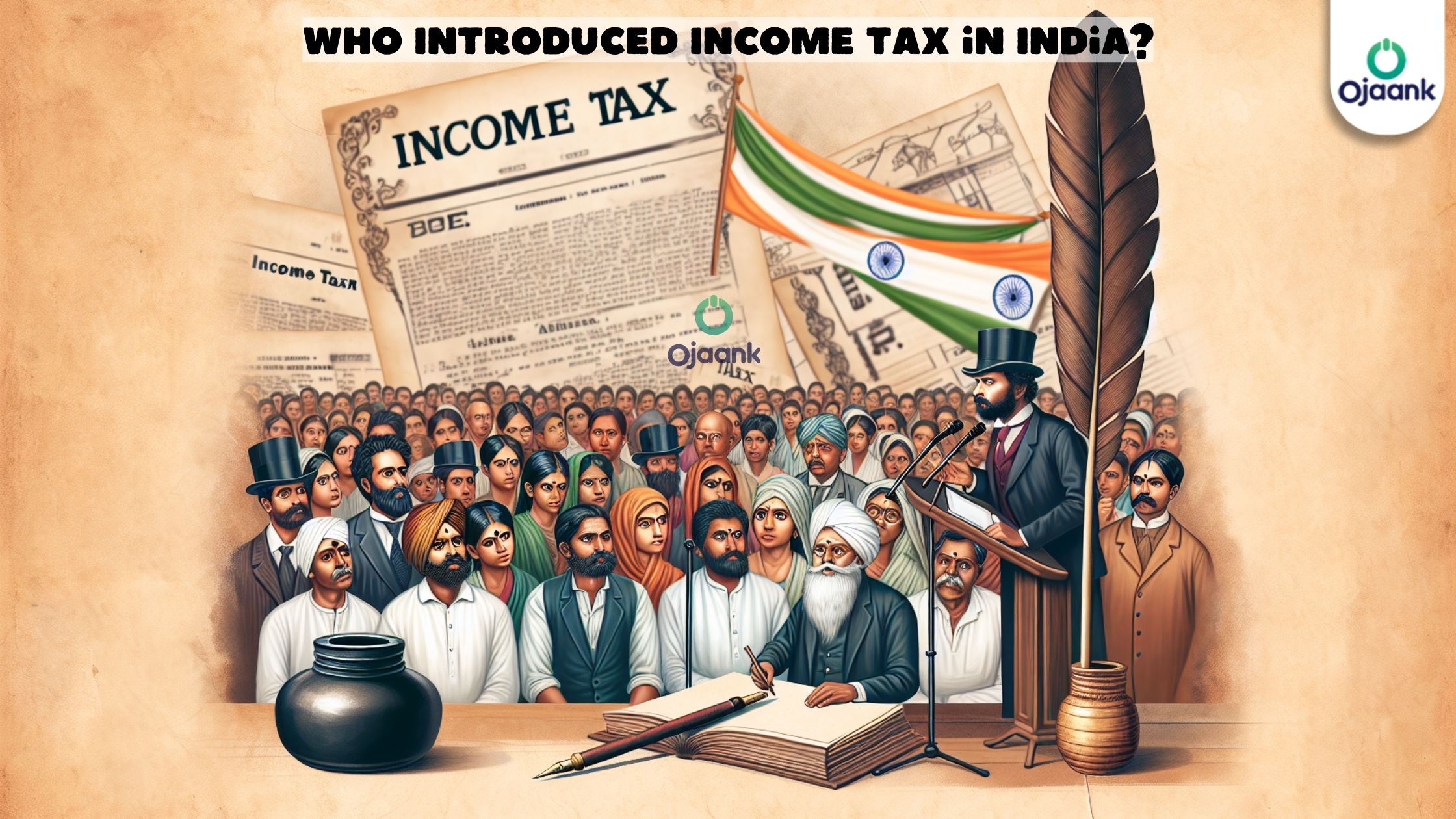Who Introduced Income Tax in India?

Who Introduced Income Tax in India?
The Birth of Income Tax in India: A Journey Through Time and Policy
1. Pre-Independence Taxation in India
1.1. Ancient and Medieval Tax Systems
In ancient India, taxation was primarily based on agricultural produce. Kings collected a portion of the harvest as revenue. During the medieval period, various rulers implemented different tax systems, often including land revenue and trade taxes.
1.2. British East India Company's Revenue Collection
The British East India Company, upon gaining control over parts of India, initially focused on land revenue collection. They introduced systems like the Permanent Settlement in Bengal, which fixed the land revenue to be paid by zamindars.
1.3. Early Attempts at Modern Taxation
As the Company's rule expanded, they experimented with different forms of taxation. In 1860, they faced a significant financial crisis, which led to the consideration of more modern forms of taxation, including income tax.
2. Sir James Wilson: The Architect of Indian Income Tax
2.1. Wilson's Background and Appointment
Sir James Wilson, a Scottish economist and politician, was appointed as India's first Finance Member in 1859. He brought with him extensive experience in financial matters from his time in the British Treasury.
2.2. The Financial Crisis of 1857
The Indian Rebellion of 1857 left the British East India Company in severe financial distress. The need for additional revenue sources became crucial for the stability of British rule in India.
2.3. Wilson's Proposals for Financial Reform
Wilson proposed a comprehensive financial reform package, which included the introduction of paper currency, a government loan program, and most importantly, the implementation of income tax.
3. The Introduction of Income Tax Act, 1860
3.1. Key Features of the Act
The Income Tax Act of 1860 introduced a tax on all income above Rs. 200 per annum. It was a graduated system with rates ranging from 2% to 4% based on income levels.
3.2. Public Reaction and Resistance
The introduction of income tax faced significant resistance from the Indian public and some British officials. Many viewed it as an unnecessary burden during already difficult economic times.
3.3. Implementation Challenges
Implementing the new tax system proved challenging due to lack of proper infrastructure, limited understanding of the concept among the public, and difficulties in accurately assessing incomes.
4. Evolution of Income Tax in Colonial India
4.1. Amendments and Revisions (1860-1886)
The income tax system underwent several changes in its early years. It was abolished in 1865 but reintroduced in 1867. Various amendments were made to address implementation issues and public concerns.
4.2. The Income Tax Act of 1886
This Act provided a more stable framework for income taxation in India. It introduced the concept of agricultural income being exempt from central taxation, a practice that continues to this day.
4.3. Taxation During World War I and II
During both World Wars, income tax rates were increased to support war efforts. This period also saw the introduction of super-tax for high-income earners.
5. Post-Independence Developments
5.1. The Income Tax Act of 1961
After independence, India overhauled its tax system. The Income Tax Act of 1961 replaced the earlier colonial-era legislation and remains the foundation of India's current income tax system.
5.2. Major Reforms and Amendments
Since 1961, numerous amendments have been made to the Act to adapt to changing economic conditions and government policies. Significant reforms were introduced in the 1990s during India's economic liberalization.
5.3. Current Structure of Income Tax in India
Today, India has a progressive tax system with rates ranging from 5% to 30%, along with various deductions and exemptions. The system continues to evolve with regular updates in annual budgets.
Summary
The journey of income tax in India began with Sir James Wilson's proposal in 1860, driven by the financial crisis post the 1857 rebellion. Despite initial resistance, it has evolved into a crucial part of India's fiscal policy, adapting to the country's changing economic landscape over more than 160 years.
Frequently Asked Questions
When was income tax first introduced in India?
Income tax was first introduced in India in 1860 by Sir James Wilson.
Who is considered the father of income tax in India?
Sir James Wilson is generally considered the father of income tax in India, as he proposed and implemented the first Income Tax Act in 1860.
How has income tax evolved since its introduction?
Income tax in India has evolved from a simple graduated system to a complex structure with various slabs, deductions, and exemptions. It has been amended numerous times to adapt to changing economic conditions and government policies.
What were the initial tax rates when income tax was introduced?
When first introduced in 1860, the tax rates ranged from 2% to 4% on incomes above Rs. 200 per annum.
How did the Indian public initially react to income tax?
The Indian public initially reacted with resistance and skepticism to the introduction of income tax, viewing it as an additional burden during economically challenging times.